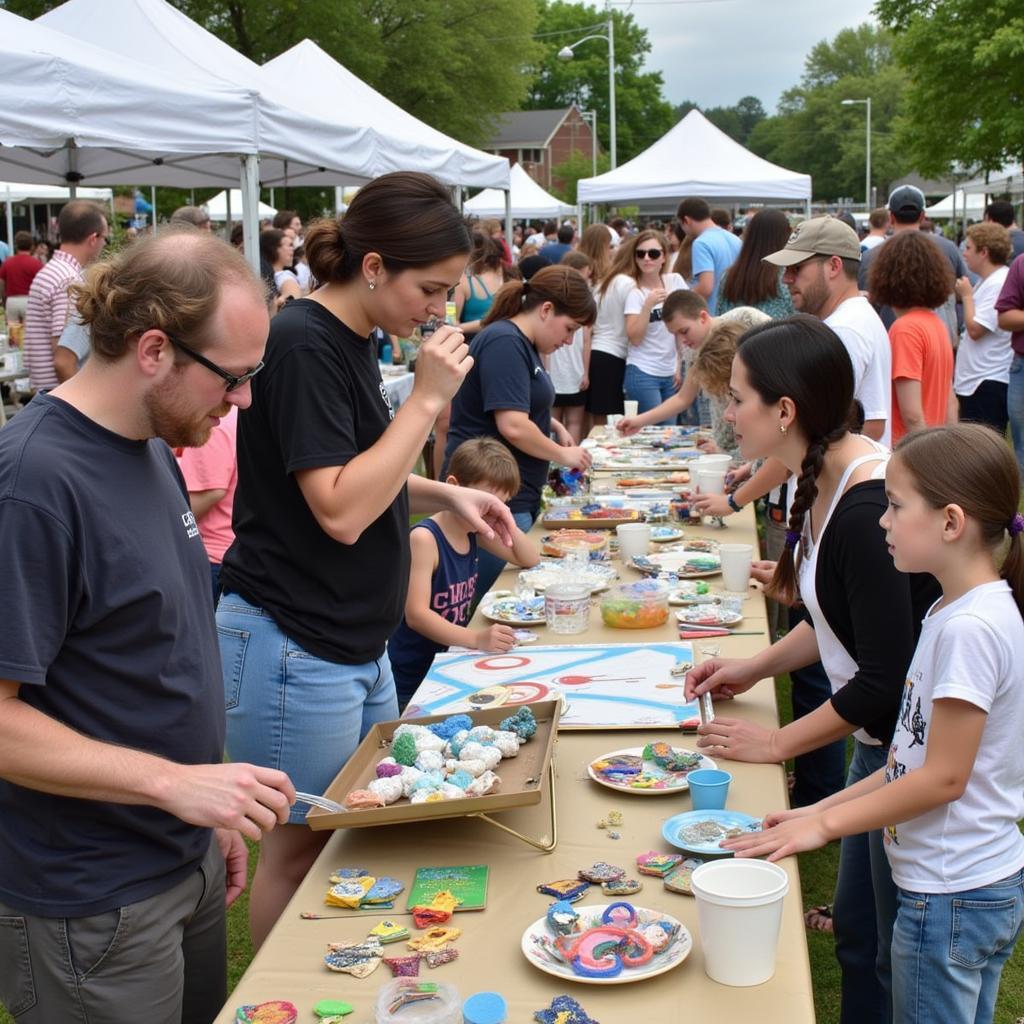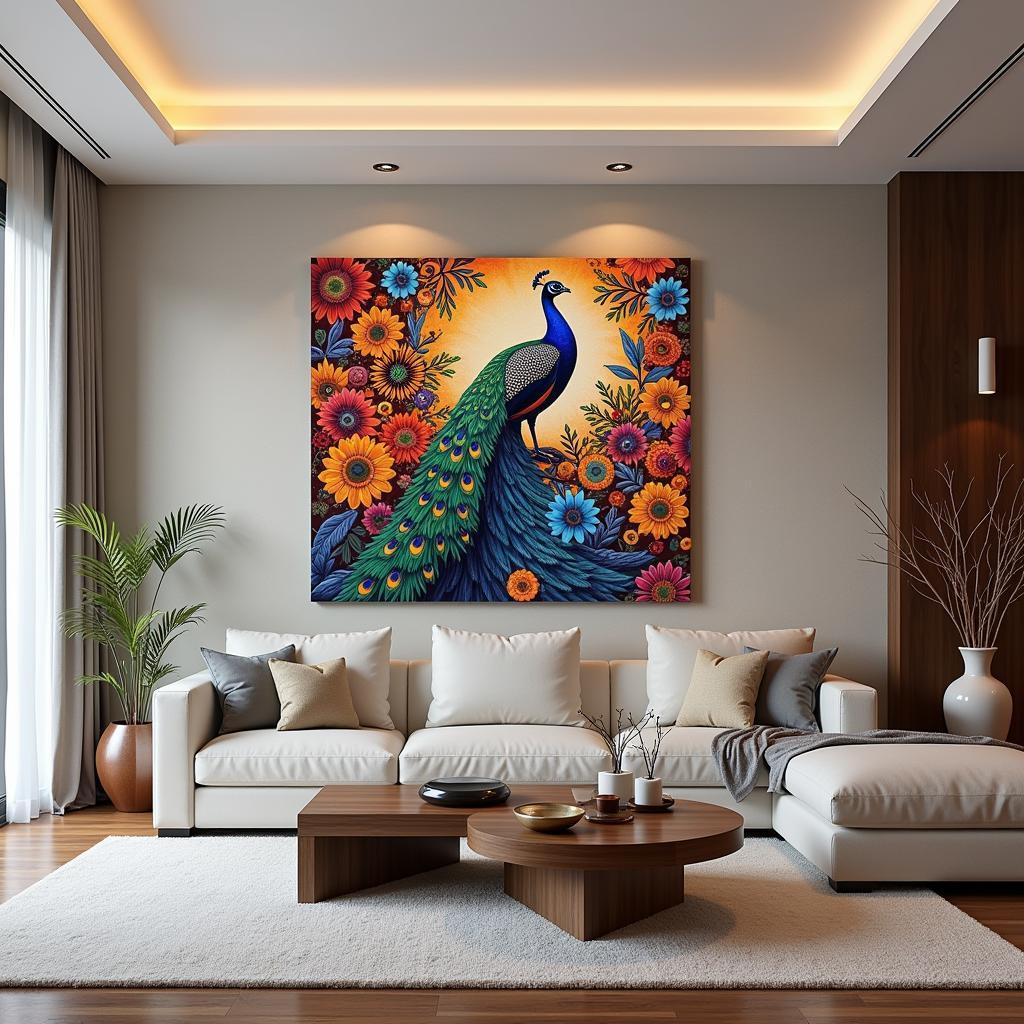Color Wheel Ideas Art: Unleash Your Creative Potential
The color wheel is an indispensable tool for artists of all levels, offering a visual representation of color relationships and providing endless inspiration for creating harmonious and impactful art. Whether you’re a seasoned professional or just starting your artistic journey, understanding and exploring color wheel ideas can significantly elevate your artistic creations. This article delves into the fascinating world of color wheels, providing valuable insights and practical tips to fuel your imagination and unlock a spectrum of artistic possibilities.
Demystifying the Color Wheel: A Beginner’s Guide
At its core, the color wheel is a circular arrangement of colors based on their chromatic relationships. The most common model features 12 hues, starting with the primary colors: red, yellow, and blue. These primary colors serve as the foundation, as they cannot be created by mixing other colors.
Secondary colors, positioned between the primaries, emerge from mixing two primary colors. For example, combining red and yellow produces orange, while blue and yellow create green. Tertiary colors result from blending a primary color with an adjacent secondary color. Examples include red-orange, yellow-green, and blue-violet.
Exploring Color Harmonies: Creating Visual Harmony with the Color Wheel
Understanding color relationships is paramount in creating visually appealing and harmonious artwork. The color wheel serves as a guide for selecting color combinations that evoke specific moods, emotions, and visual effects. Let’s explore some of the most common color harmonies:
-
Complementary Colors: These colors sit opposite each other on the color wheel, such as red and green or blue and orange. Using complementary colors together creates a vibrant contrast and can make your art “pop.”
-
Analogous Colors: This harmony involves using colors that are adjacent to each other on the color wheel, like blue, blue-green, and green. Analogous color schemes evoke a sense of unity and peacefulness.
-
Triadic Colors: Forming a triangle on the color wheel, triadic color schemes, like red, yellow, and blue, offer a balanced and visually stimulating effect.
Color Wheel Ideas for Different Art Forms: From Painting to Digital Art
The principles of the color wheel transcend various art forms. Whether you’re passionate about painting, drawing, photography, or digital art, understanding color relationships can significantly enhance your creative output.
-
Painting: Experiment with different color mixing techniques and explore the nuances of color temperature (warm vs. cool) to add depth and realism to your paintings. Consider using a limited color palette to create a cohesive and impactful composition.
-
Digital Art: Digital art software offers an expansive digital color palette and tools to easily experiment with different color harmonies. Explore color blending modes and layer styles to achieve unique visual effects.
-
Photography: Understanding color can enhance your photographic compositions. Consider the time of day, lighting conditions, and the colors of your subjects to evoke specific moods and aesthetics.
Conclusion
The color wheel is an invaluable tool for artists seeking to master the art of color. By understanding the principles of color relationships and exploring various color wheel ideas, you can unlock a world of creative possibilities and elevate your artwork to new heights. Remember to experiment, have fun, and embrace the transformative power of color!
Frequently Asked Questions (FAQs)
1. What is the difference between hue and saturation?
Answer: Hue refers to the pure state of a color, while saturation describes the intensity or purity of that color. A highly saturated color appears more vibrant, while a less saturated color looks duller.
2. Can I use more than three colors in a color scheme?
Answer: Absolutely! While triadic harmonies use three colors, you can explore more complex schemes like tetradic (four colors) or split-complementary (three colors).
3. How can I create my own color palettes?
Answer: You can use online color palette generators, draw inspiration from nature, or use your favorite artwork as a starting point.
4. What is the role of value in color theory?
Answer: Value refers to the lightness or darkness of a color. Understanding value contrast is crucial for creating depth and dimension in your art.
5. Where can I learn more about color theory for artists?
Answer: Numerous online resources, books, and courses delve deeper into color theory. You can also explore the work of renowned artists and analyze their use of color.
For more art supplies and resources, check out our mosaic art supplies online and pottery art supplies collections.
Explore our art class makeup essentials for your next art class.
If you’re in Greensboro, NC, consider joining our vibrant community of artists by checking out our art classes in greensboro nc.
Interested in pursuing a career in art and design? Learn about the daisy art and design badge requirements.
Need further assistance with your artistic endeavors? Contact us at Phone Number: 02462573573, Email: [email protected]. Or visit us at: Savico Megamall, 7-9 Nguyen Van Linh Street, Gia Thuy Ward, Long Bien District, Hanoi 10000, Vietnam. Our dedicated customer support team is available 24/7 to help you on your creative journey.



